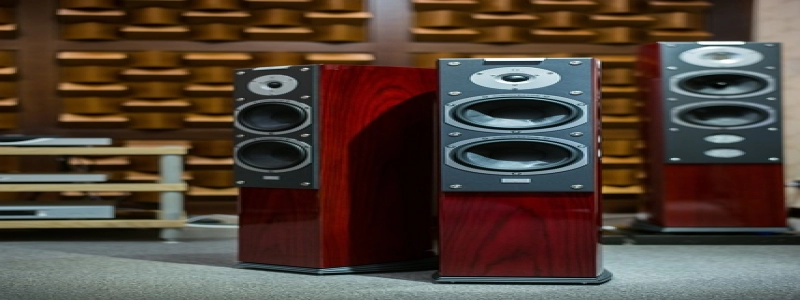What is an Ethernet Hub?
Introduction
An Ethernet hub is a networking device primarily used to connect multiple devices in a local area network (LAN). It plays a crucial role in data transmission between devices on the same network. In this article, we will explore the concept and functionality of an Ethernet hub in detail.
1. Definition of an Ethernet Hub
An Ethernet hub, also known as a network hub, is a basic networking device that operates at the physical layer of the OSI model. It acts as a central connection point for multiple devices, allowing them to communicate with each other on the same network. Unlike switches or routers, hubs do not have intelligence to direct data traffic; instead, they broadcast incoming data packets to all connected devices.
2. How Does an Ethernet Hub Work?
When a device connected to an Ethernet hub sends data, the hub receives it and then copies the data and sends it to all other connected devices. As a result, all connected devices receive the data even if the intended recipient is not the only one interested in it. This broadcasting mechanism creates a shared network environment where devices can communicate with each other.
3. Hub vs. Switch
One important distinction to make is that a hub is different from a switch. While a hub broadcasts data to all connected devices, a switch, on the other hand, selectively forwards data only to the intended recipient device. Unlike a hub, a switch operates at the data link layer of the OSI model and maintains a table that associates specific MAC addresses with the corresponding ports.
4. Advantages of Ethernet Hubs
Despite the advancements in networking technology, Ethernet hubs still serve some purposes in certain scenarios. Firstly, hubs are relatively inexpensive compared to switches or routers, making them an economical choice for small-scale networks. Moreover, hubs are easy to set up and require minimal configuration, making them suitable for non-technical users.
5. Limitations of Ethernet Hubs
Although Ethernet hubs have their advantages, they also have limitations that restrict their usage in modern networks. One significant limitation is their inability to manage network congestion. Broadcasts from hubs can cause collisions and significantly reduce network performance. Furthermore, hubs are half-duplex devices, meaning they can only transmit or receive data at a time, leading to slower data transmission rates.
Conclusion
In summary, an Ethernet hub is a networking device that connects multiple devices in a LAN and enables communication between them. While it has certain advantages, such as affordability and ease of use, hubs also have limitations in terms of network congestion management and data transmission rates. As network technology continues to evolve, Ethernet hubs are gradually being replaced by more advanced devices like switches and routers.








